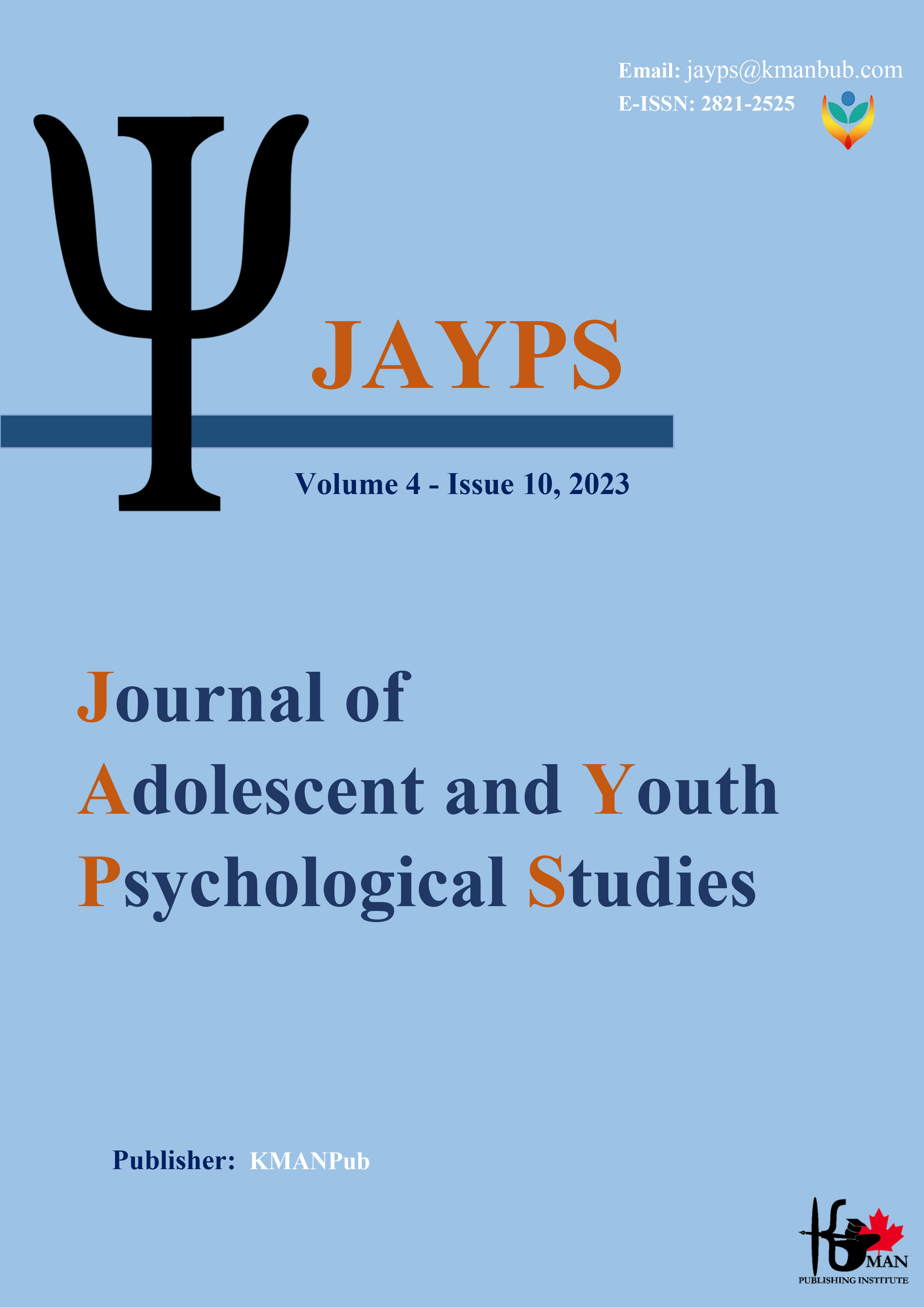Strengths, Weaknesses, Threats, and Opportunities of Curriculum Liberalization in Elementary Education at Farhangian University
Keywords:
strengths, weaknesses, threats, opportunities, curriculum liberalization, elementary education, Farhangian UniversityAbstract
Background and Aim: The present study aims to investigate the strengths, weaknesses, threats, and opportunities of curriculum liberalization in elementary education at Farhangian University. Methods: The research method is applied in terms of its objective and descriptive-survey in terms of data collection. The statistical population of the study included all professors (16 individuals) and students (689 individuals) at Farhangian University in Zanjan Province. All professors were selected as the sample, and for determining the sample size among students, Krejcie and Morgan's table was used, resulting in 247 individuals being selected through accessible sampling. The research instrument was a researcher-made questionnaire. This questionnaire covered dimensions of strengths, weaknesses, opportunities, and threats, based on a 5-point Likert scale. The face and content validity of the questionnaire were confirmed by professors, including the advisor, and to assess the reliability of the instrument, Cronbach's alpha coefficient was used, estimated at 0.907 for the professors' questionnaire and 0.934 for the students' questionnaire. To analyze the data, the SWOT method and the method of Hosseini et al. (2014) were utilized. Results: The results indicated that from the professors' perspective, ambiguity in the concept of curriculum liberalization and the selection of an incorrect path for liberalization, the potential for managerial problems due to the high diversity of courses and contents and the inability to provide resources, the possibility of ideological and political conflicts or the monopolization of decision-making power by specific groups, the promotional nature of liberalization, and the lack of proper needs assessment of stakeholders and related educational factors, the potential imbalance in content distribution, and the reduction of horizontal or vertical linkage between courses are among the threats of curriculum liberalization. Conclusion: It can be concluded that curriculum liberalization brings both positive and negative outcomes; therefore, all aspects should be considered in its implementation.
Downloads
Downloads
Additional Files
Published
Issue
Section
License

This work is licensed under a Creative Commons Attribution-NonCommercial 4.0 International License.









